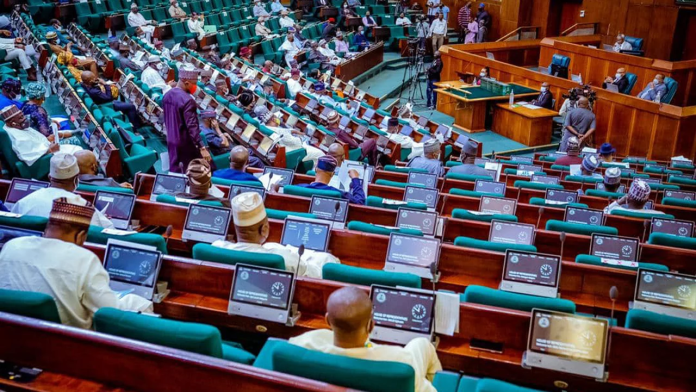THE recent call by the House of Representatives urging the Federal Government to ban the importation of foreign textiles presents an opportunity to open serious discourse and decisive action on one of Nigeria’s most underutilised yet promising sectors.
The motion not only reopens long-standing debates about economic protectionism and industrial revival but also the immense potential the Nigerian textile sector holds for employment generation, economic diversification, and national development.
Historically, the textile industry was once Nigeria’s symbol of industrial promise. Between the 1960s and late 1980s, the sector boasted over 180 vibrant mills, making it the second-largest employer of labour after the public service. It employed about 450,000 Nigerians and contributed nearly 67 per cent to the country’s annual manufacturing growth. Notably, iconic textile companies such as Kaduna Textile Limited, Kano Textile, Aba Textile, United Nigeria Textile, First Spinners, and the illustrious Asaba Textile Mill stood as economic powerhouses and social catalysts within their regions.
At its height, the Asaba Textile Mill, for instance, was more than an industrial entity; it fostered regional unity and community development, with the famed Asaba Textile Mill Football Club serving as a symbol of local pride and cross-cultural engagement. Such was the multifaceted impact of the textile industry, providing jobs, boosting local economies, and strengthening Nigeria’s manufacturing identity.
However, the industry’s downward spiral in the past two decades has been alarming. Several factors have contributed to its collapse, chief among them the discovery of crude oil and Nigeria’s overdependence on oil revenues. This shift in economic focus led to a sharp decline in cotton cultivation, a critical raw material for textile production. Additionally, indiscriminate trade liberalisation policies encouraged the mass importation of foreign textiles, flooding the market with cheaper, often substandard fabrics and effectively crowding out local producers.
Further compounding the industry’s woes have been prohibitive taxation, erratic power supply, lack of access to affordable financing, and the rising cost of production. These structural challenges have rendered domestic textile production largely uncompetitive, leading to the closure of many mills and the loss of thousands of jobs. The consequences remain visible: higher unemployment, reduced manufacturing output, increased reliance on imports, and a weakened naira.
Revitalising the textile industry, therefore, is an imperative. Nigeria possesses the critical elements for a thriving textile sector: an abundance of raw materials such as cotton and wool, a vast and youthful labour force, a large domestic market, and a long-standing cultural affinity for textile products. What is required is a coherent, well-implemented policy framework that prioritises the sector’s rebirth.
The House of Representatives’ proposal to ban the importation of foreign textiles is a commendable first step that should be complemented with supportive measures. The Federal Ministry of Power should work collaboratively with the Ministry of Industry, Trade and Investment to ensure a stable and affordable electricity supply to textile manufacturing hubs. Without reliable power, no meaningful industrial resurgence can occur.
The Federal Ministry of Finance and relevant financial institutions like the Bank of Industry must create dedicated funding schemes to provide soft loans and easy credit to existing and prospective textile entrepreneurs. These facilities should be tailored to support capital upgrades, operational efficiency, and product innovation.
Also, there must be renewed investment in cotton production and supply chains. The revival of cotton farming in Nigeria’s northern belt, where climate and soil conditions are favourable, should be prioritised through targeted subsidies, modern equipment access, and training for farmers.
Furthermore, the government should implement strict import control policies while strengthening the Nigeria Customs Service to prevent smuggling and enforce quality standards. At the same time, public procurement policies should be modified to favour local textiles for uniforms, ceremonial wear, and other government-related supplies.
Lastly, there is a need to reintegrate textile education and technical training into Nigeria’s polytechnics and vocational centres. A rejuvenated industry will require a skilled workforce capable of competing globally, especially as textile trends become increasingly technology-driven.
The revitalisation of Nigeria’s textile industry is more than an economic aspiration; it is a necessity which holds the key to unlocking employment opportunity for millions, reducing poverty, driving inclusive growth, and restoring Nigeria’s manufacturing prowess.


